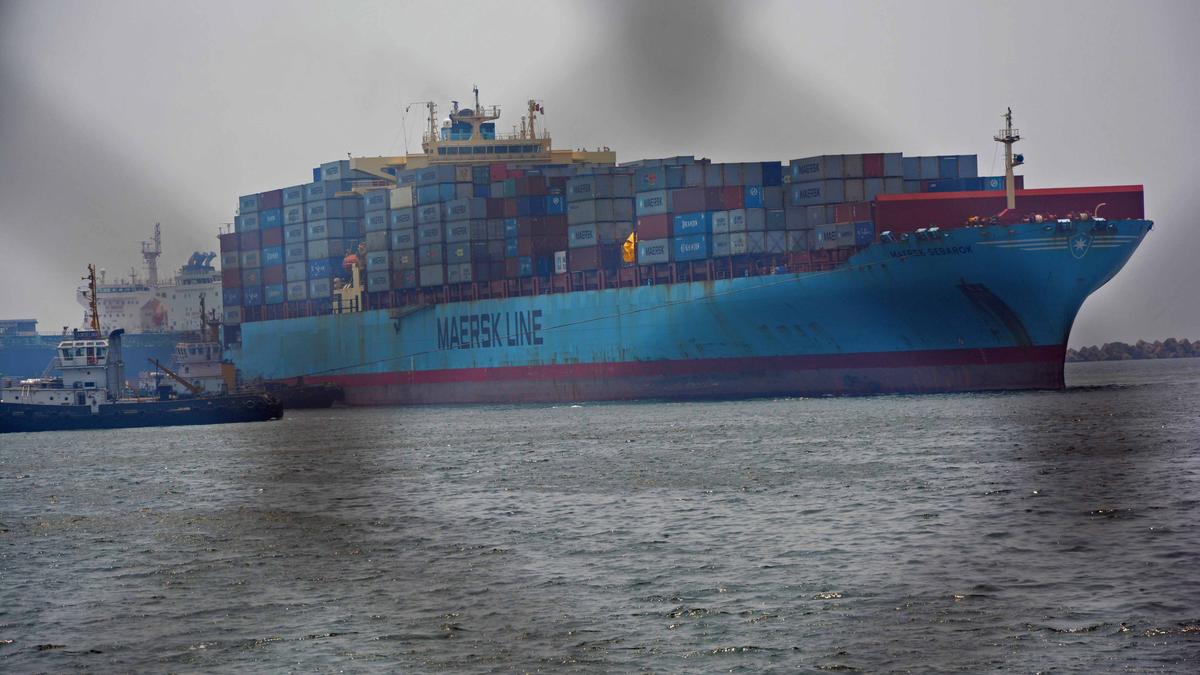
Maersk suffers ‘capacity loss of 15-20%’ due to Red Sea crisis
The Hindu
Maersk faces 15-20% capacity loss due to Red Sea crisis, leading to rerouting, delays, and increased costs for customers.
Global shipping major Maersk estimates an industry wide capacity loss of 15-20% in the Far East to North Europe and Mediterranean markets, essentially between Asia and Europe, during the second quarter of this financial year. This is due to the Red Sea crisis, which it said has intensified over the last few months.
“To safeguard our crew, vessels, and cargo, we are rerouting around the Cape of Good Hope for the foreseeable future. However, the risk zone has expanded, and attacks are reaching further offshore. This has forced our vessels to lengthen their journey further, resulting in additional time and costs to get your cargo to its destination for the time being,” Maersk said in its latest advisory issued on May 6.
Also Read | Can the IMEC address the Red Sea crisis?
The effects of the situation in the Red Sea are widening and continuing to cause industry-wide disruptions, it noted.
There have been a series of missile and drone attacks on commercial shipping belonging to entities linked to Israel by Houthi rebels from Yemen since the launch of the Israeli offensive in Gaza.
Elaborating on the effects of the Red Sea situation, Maersk said they include bottlenecks and vessel bunching, as well as delays and equipment and capacity shortages. In this regard, Maersk has leased more than 125,000 additional containers.
The company has informed customers that they will see relevant surcharges on the latest invoices. “These are to offset the costs of the longer journeys, increased sailing speed, and additional fuel costs. For example, we are currently using 40% more fuel per journey and charter rates are currently three times higher, often fixed for five years,” it stated.











